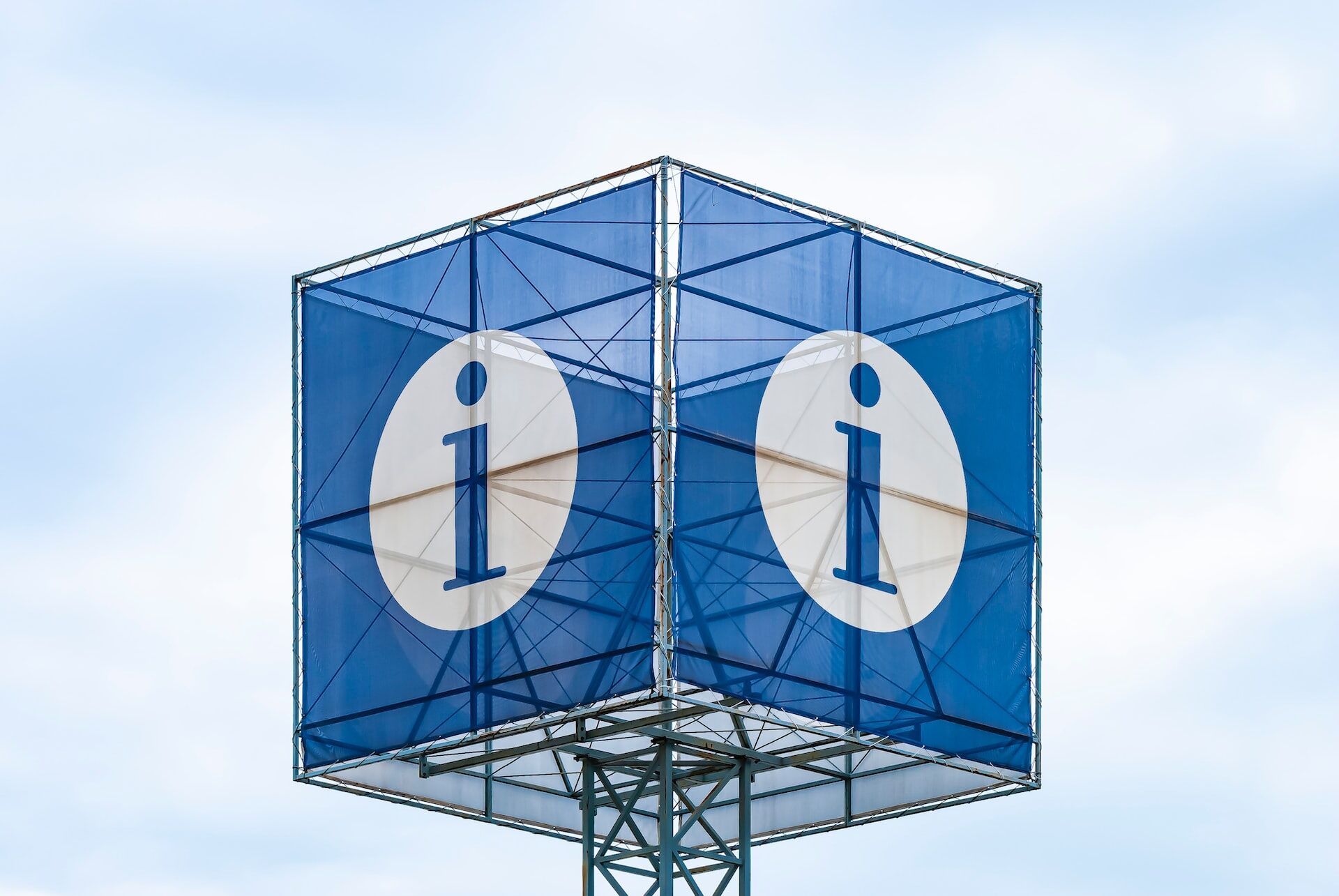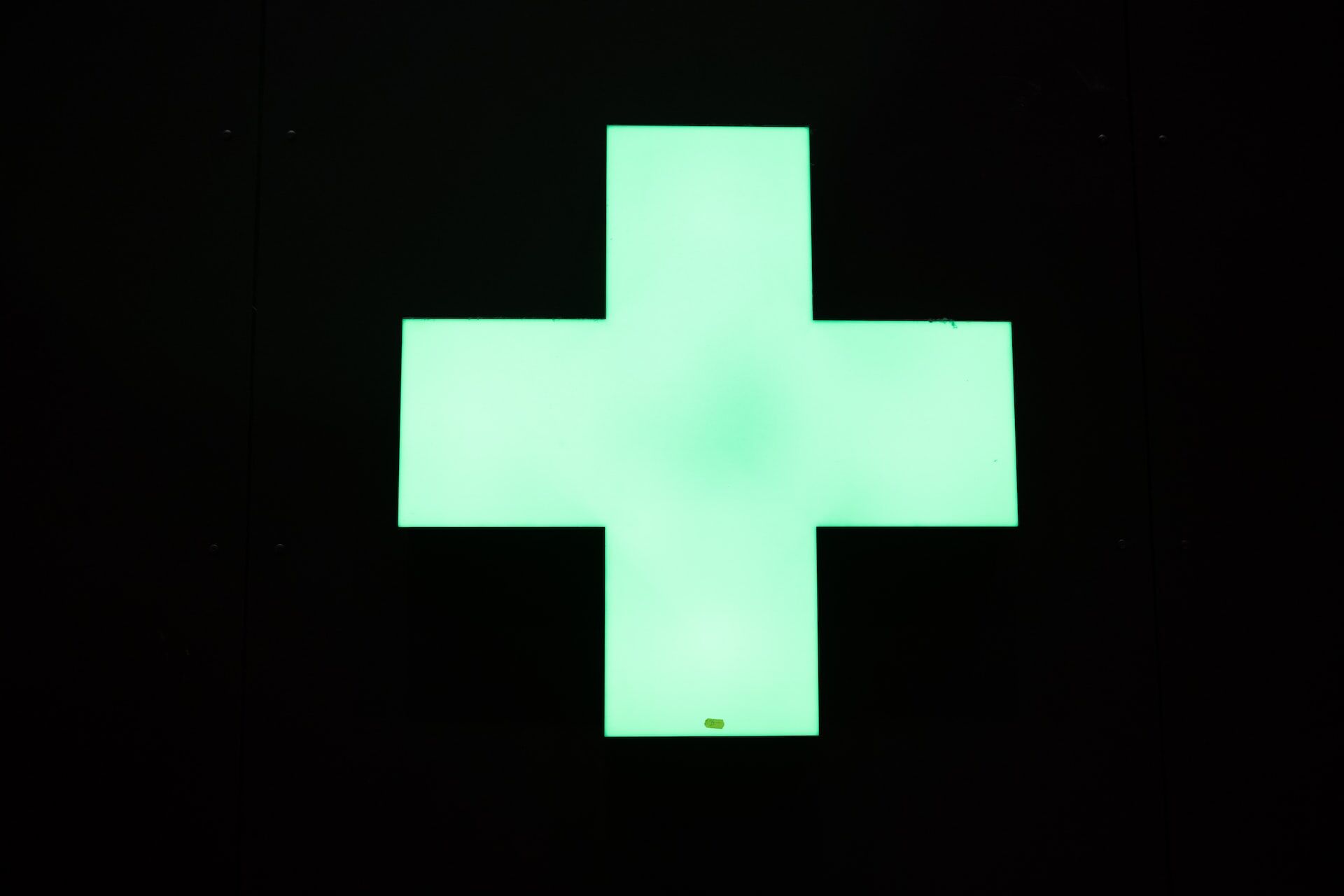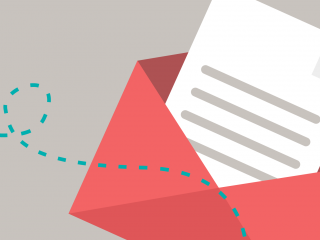What brings you business?
Are you well known in your industry? Do you have a good relationship with your consumers? Are you top of mind for recall, or do you rely on word of mouth?
Are you frustrated that your product or service is awesome, but there don’t seem to be enough people who know just how great it could be for them?
Or are you frustrated that your product or service is leagues better than the competition but you don’t seem to attract as much attention as they do?
In other words: what’s more strategically important to you – lead generation, or demand generation?
Or do you focus on both?
Here’s our opinion on it: lead generation, demand generation, it doesn’t really matter which one you focus on so long as you include a little of both in your strategy. Missing lead generation for demand generation, or vice versa, means your brand is potentially operating at half capacity, half reward, and half demand.

What is lead generation?
People already know that they have a need. You need to turn them into customers.
Convincing them that you’re the right option for them is lead generation (well, technically convincing them that you’re interesting enough to have a conversation with them about a solution) .
Lead generation works by turning brand awareness into hot leads – customers who are 100% on board with your brand and, ideally, ready to make a purchase.
In the B2B sales funnel, lead generation takes place after you’ve already created some demand for your product, and you’re pushing your social media or your homepage. When customers click-through to learn more, that’s when lead generation starts: once there’s enough interest in you to look up what you do, what benefits you can give to people who buy your brand, how you differ from the people you’re competing against. Lead generation puts your product or your brand at the centre of a customer’s problem and tells them, this can help.

What is demand generation?
You offer a service. People don’t know what it is and how it can help them.
Teaching them how your service (or product) helps is demand generation.
Demand generation works on establishing demand for your product or service in situ: on social media, on your website, using free content, using paid content – regardless of the place or the method, demand generation works to put your offering on the map. Consumers don’t come into it, necessarily; while content for demand generation is created for consumers, the end goal is awareness, not to generate revenue.
In our B2B sales funnel metaphor, it’s the first step you take: raising awareness about your service offering. Strictly speaking, it also forms a big part of lead generation, hence why these two steps always work better together.
Think about it: it’s not just about generating demand. That demand has to be met; you have to attract consumers. Demand generation posits a theory – here is your problem, and potentially, there is a solution for it.
Lead generation posits the solution itself – you have a problem, here’s how WE fix it best.

What’s the difference between lead generation and demand generation?
In essence: a lot.
But those differences play off on each other.
Demand generation is about your customer: their life and the theoretical issue they want to fix. Demand generation offers them information for free; on social media, in blogs, in flyers, on billboards. Your brand is always present, but it’s the problem that has the centre stage.
That’s stage one.
Lead generation is about you: the way you can solve that problem, why your product can address this issue better than other products. Your resources are no longer free; they’re behind a subscriber mailing list, or a locked blog post – anything that requires contact information so you know who’s actually interested, who’s ready to make the purchase.
That’s stage two (and three, once they follow through).
Can I just work with either lead gen or demand gen?
Lead gen on its own will net you results. So will demand gen.
But they won’t be on the same level as if you focused on both lead gen and demand gen.
You can still make people aware of your brand. You can even grow your audience.
However, it’s harder to make lasting change with half a plan.

Why do you need both lead gen and demand gen?
Here’s why.
Everything in marketing relies on each other. If you have a narrative, you need a brand look to go with it. If you have an audience, you need a strategy to court that audience.
If you have lead generation, you need demand generation. People just being aware of a need doesn’t make them into paying consumers; it just means more people are keeping watch for what you put out.
But in terms of business growth, time, and money, it means very little.
Reverse that.
Say your brand has customers.
They just don’t know it’s your brand. They see a product or a practice; they have to put in the effort to figure out who you are, what you sell, what’s your story. By the time it comes to purchasing, they can go with half a dozen other prospects.
Lead gen. Demand gen.
Both.
Say you decide to focus just on lead generation – who is actually listening to you? Is there demand for your product?
What if you just focus on demand generation – what are you doing with all your free content? How are you generating interest in your brand?
Alone, lead generation and demand generation don’t have the same power. Customers might get the solution to their problem, but no explanation as to why, or content will explain why but customers aren’t there to see why they should invest in your brand.
That’s why lead generation and demand generation work better together: the follow-through. Explain the situation. Explain how you help. Provide the content. Provide more content they can access if they’re really interested. Lead generation feeds into demand generation feeds into lead generation.

How do I use demand generation and lead generation together?
Demand generation and lead generation work well together naturally.
But – as with anything in marketing – you need to know your audience.
Putting out good, free content that’s designed to appeal to your audience is a good idea regardless – but good, free content won’t grow your business on its own. At some point, you need to see a return on the time you invest in creating that content.
So you keep specific leads in mind. You keep the point at when they’re likely to invest in mind.
Every content has an audience. Every brand has a consumer in mind that will purchase from them.
With those leads in mind, creating demand becomes easier, and with easier demand generation, more leads are likely to come your way through methods that are harder to measure, such as word of mouth or private messaging apps.
If you narrow it down, it’s a three-step process.
Step one: research your leads. Know everything about them – what’s their biggest pain point? How much are they willing to research to fix it? What can you do to convince them?
Step two: generate your demand. Where are you posting? What social media are you keeping active above others? Where is your free content going? How many people are watching?
Step three: reach out to your leads. Create gated content (or soft-gated content, like we do at Switch). Create content they need to talk to you about. Create content that answers their questions and posits more questions.
There’s a caveat: your content, your leads, are only ever as good as the effort you put into creating them – especially now, when brands have to deal with a global audience and global competitors.

How do I start?
You always start with the audience, your brand, and your story.
These are things you have already.
You already know who your audience is. You already know what your brand is like.
You know your story.
Now you need to figure out which members of your audience are the most valuable. You need to figure out how your brand is speaking to these people. You need to figure out at what point in your B2B sales funnel will new demand turn into new leads.
Research. Experiment. Go back to the drawing board.
Repeat.
Or you can ask for help.
Whichever way you choose, choose both: lead generation and demand generation.




